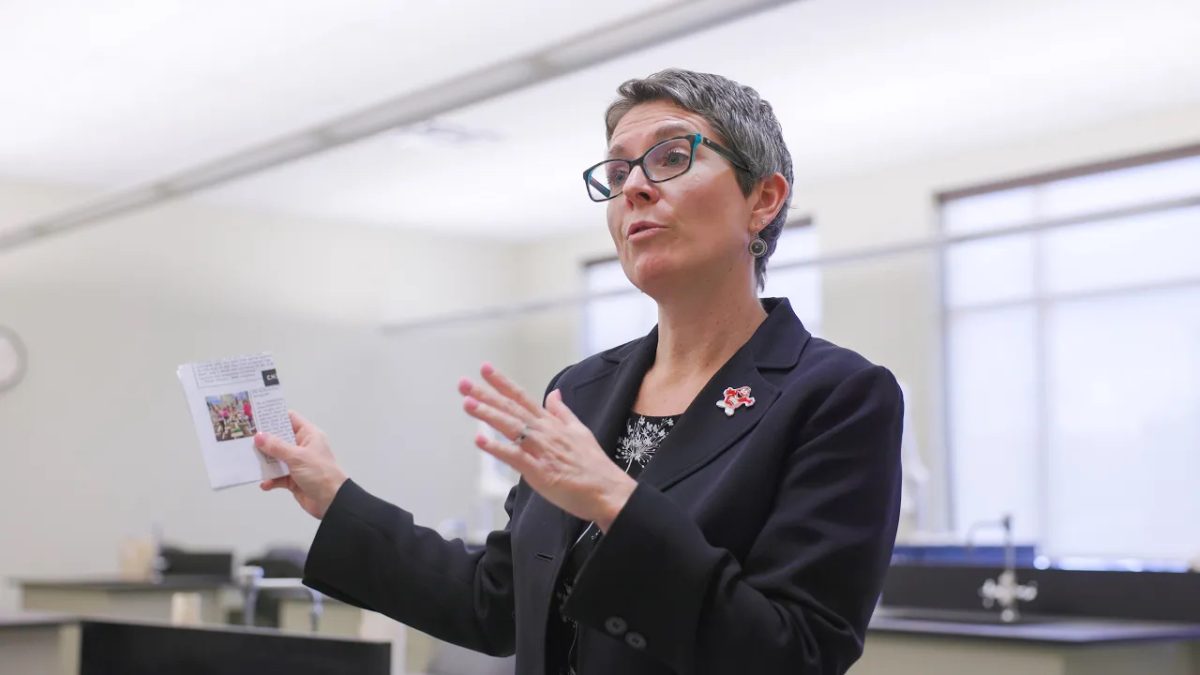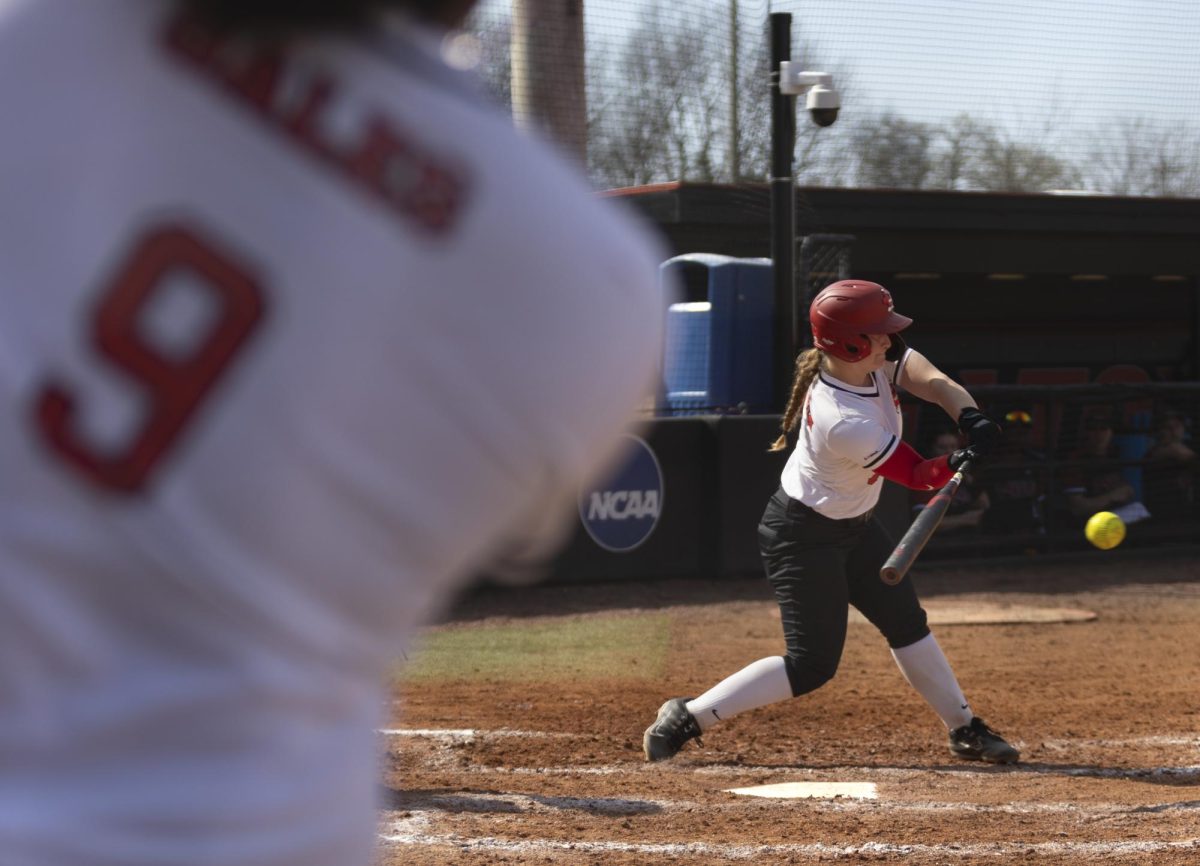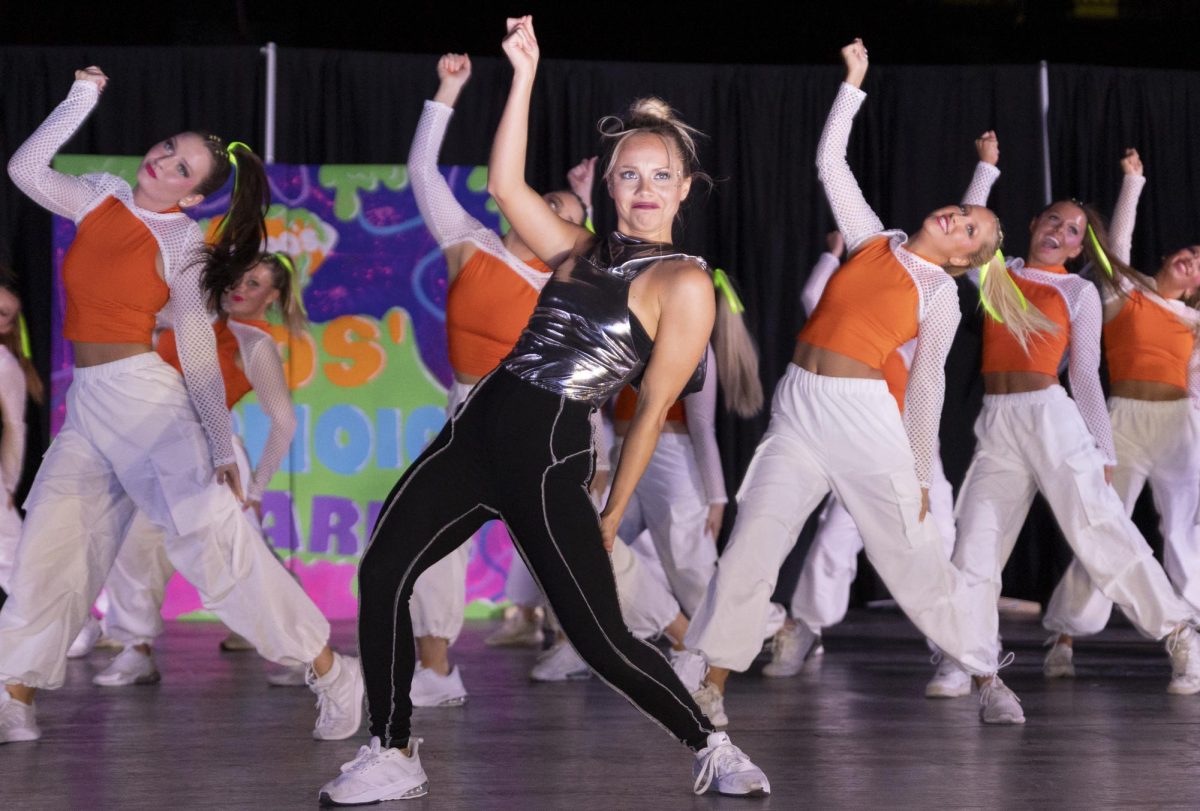WKU receives arboretum accreditation
February 3, 2015
WKU is adorned with many aesthetically and architecturally memorable features. The statue of Big Red posing in Downing Student Union or the statue of President Henry Hardin Cherry in front of Cherry Hall, just to name a few. WKU’s campus is home to something much more more than statues or figurines.
Trees.
WKU recently received an ArbNet Accreditation by The Morton Arboretum in cooperation with American Public Gardens Association and Botanic Gardens Conservation International, said Joshua Twardowski, manager of operations and Campus Services.
“This international initiative offers four levels of accreditation, recognizing arboreta of various degrees of development, capacity and professionalism,” he said in an email.
Martin Stone, associate professor of Horticulture and director of the Baker Arboretum, said the accreditation was a logical move for WKU as they have strived to increase the diversity of tree foliage on campus in past years.
“They’ve taken the campus itself and gotten it accredited as an arboretum in itself,” Stone said.
The Baker Arboretum is a privately owned facility that is affiliated with WKU and boasts over 150 acres of diverse plant life. Stone said that this recent decision is very nice for the university and further solidifies its place as an already beautiful campus.
Twardowski said these strides to achieve accreditation have been taken for nearly two decades with President Gary Ransdell heading the initiative.
Ransdell said that sustainability is the goal he wants to meet within the context of the campus becoming an arboretum, but that the aesthetic value the trees add to the overall quality and life to the campus is important as well.
“We are working hard to ensure we have a sustainable campus,” Ransdell said.
WKU’s recent accreditation from The Morton Arboretum was a Level 1 accreditation, meaning that a certain list of criteria was met to achieve these standards said Campus Gardener Leah Hopwood.
Hopwood said that one of the criteria that had to be fulfilled for the campus to receive this Level 1 accreditation was the requirement to have at least 25 different species of trees, and both her and Twardowski said the campus far exceeds that.
“WKU’s hilltop campus is already a place a beauty, boasting a tree canopy made up of over 3,500 trees,” Twardowski said.
Hopwood commented that other criteria that had to be met to attain the Level 1 accreditation included having a specific plan for planting, establishing a governing body and having the plants properly labeled. Hopwood said that this recent accreditation also boasts educational opportunities for students.
“It’s a living laboratory,” Hopwood said.
Hopwood is also an alumni of WKU and recalled times during her horticulture classes when the class would walk around the campus and learn from the plant life they encountered. Now with the strides taken, students can look at the plant life and educate themselves on their scientific botanical names.
“You can look in a book and read about them but learning hands-on is better,” Hopwood said.
One of those students who is learning and working hands-on is Jonathan Parker, senior from Bowling Green, who has been working as a student gardener through a work study program for three years now.
Parker said the work he does often depends on the seasons. For example, during the spring and fall he and other student gardeners will plant flower beds and maintain them throughout the season.
“We plant, propagate, trim and we’re a versatile crew,” Parker said.
Parker said he takes a lot of pride in how the campus looks as his work directly affects the environment of it. He said the overall aesthetic quality of WKU’s campus is something that attracts students to attend school here.
“Outside of the education Western offers, a lot of people come here for how the campus looks,” Parker said.
Hopwood agreed with Parker’s thoughts and said that the overall campus environment definitely adds to the influx of students that come to WKU.
“One of the main reasons they came to the university was because of the environment,” Hopwood said.
Ransdell himself said he supported the presence of trees on campus.
“Where else would all our white squirrels live?” he said.


















![Megan Inman of Tennessee cries after embracing Drag performer and transgender advocate Jasmine St. James at the 9th Annual WKU Housing and Residence Life Drag Show at Knicely Conference Center on April 4, 2024. “[The community] was so warm and welcoming when I came out, if it wasn’t for the queens I wouldn’t be here,” Inman said.](https://wkuherald.com/wp-content/uploads/2024/04/smith_von_drag_3-600x419.jpg)


